France
Paris
Switch to your local agency
Retour au menu
Each year, the GDUSA Package Design Awards Package honor the best design firms for their work in outstanding package design. We are pleased to announce that our work with Häagen-Dazs and Choux were both awarded 2017 GDUSA Package Design Awards.
We are living at a time where technology is advancing much more quickly than brands and designers can keep up with. For the first time ever, brands are being forced to react to technological developments, rather than lead or develop in tandem with them. This is because the latest technology is challenging the very notion that brands are primarily visual entities. Instead, we’re being steered towards an exciting yet unchartered territory: invisible brands.
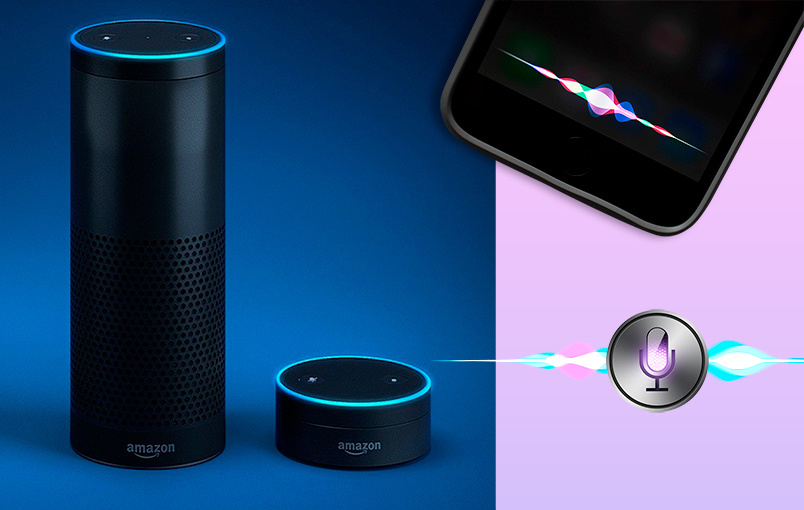
If you start at design school today you learn a visual way of communicating: logos, identities, photography, color schemes, typography. In the past, we would use these visual means to push brands forward: new visual concepts, changing logos and showing the future in a visual way, like the daring 2012 London Olympics logo did. But technology is now taking us beyond visual brands. For example, brand loyalty is now influenced far more by the experience a brand provides, rather than how it looks. Take Uber for example. Meanwhile, the success of Amazon’s Alexa and Apple’s Siri have opened up the world of a purely audio branded experience – which presents some exciting opportunities, as well as daunting challenges, for brands.
If you ask Alexa to buy you some water, Alexa will probably get you the brand that Amazon has the best deal with, unless you specify exactly what brand you want. Similarly, with the development of fully automated homes becoming a reality, consumers will have to be pretty brand loyal to ensure that your digital assistant orders a particular brand of product or chooses a particular service provider. In this kind of audio consumer world, how a brand sounds and how it exists and communicates in an audio environment is far more important than how it looks, and it’s through audio that brands can continue to connect to consumers as technology shifts. A complex sonic identity will get more and more important as we can talk to brands, have branded music banks, and as the navigation system screens in our cars get smaller and smaller, why not have jingles for a coffeeshop or gas station along your route?
Stubb’s BBQ sauce is a fun example of a brand dipping their toe in the world of invisible branding. They’ve developed the Alexa skill ‘Ask Stubb’. Once downloaded, consumers can ask Alexa for recipes from the founder, listen to his favorite tunes, get cooking tips and tricks, and importantly order more sauce at any time. It doesn’t take a branding genius to realize the advantage that this gives Stubb’s over competitors who don’t have an audio presence.
Don’t get me wrong, I think brands will always need a visual element. After all, how a product looks once it’s arrived in our homes is still crucial. But as consumer habits shift away from the screen, audio is becoming more and more important when it comes to informing consumers’ buying decisions.
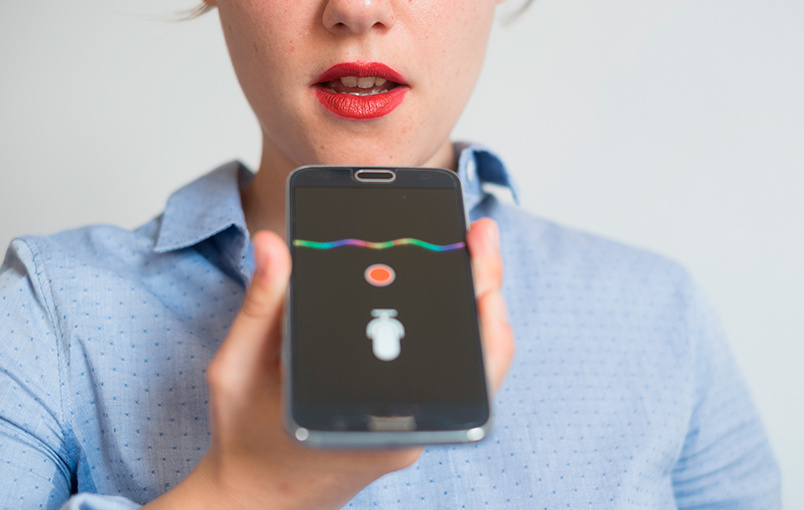
While a world of invisible brands opens up new opportunities to engage with consumers, there are also some potential threats to brands. Whatever digital assistant consumers use to order their shopping or control their home can potentially make big decisions on their behalf, such as choose which energy company they use.
If Nest, or any other smart application that regulates your thermostat could talk and propose better deals, which energy company would it suggest? Will it know that an environmental conscious offer is more important to me than saving money? This ‘cutting out’ of direct communication with the brands in question could happen across all product categories, resulting in a monopoly where a small few brands will take more and more of the consumers’ bandwidth.
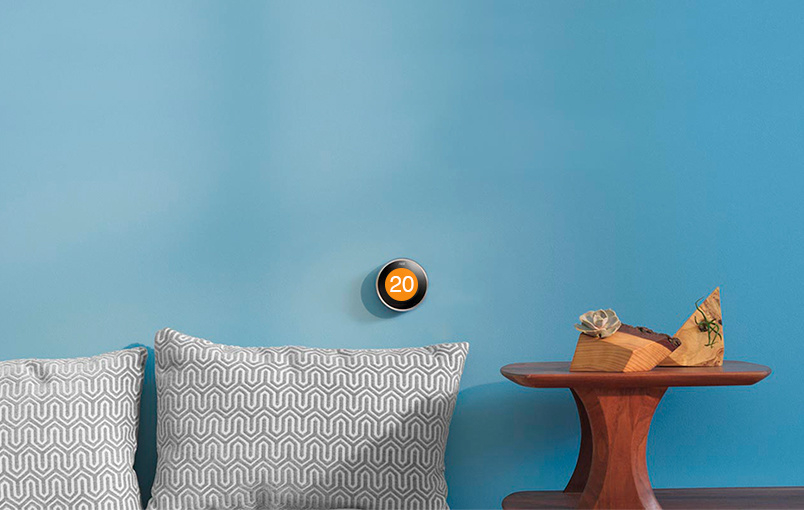
Some experts have even proposed that audio assistants like Alexa will mark the end of brands. But I believe it could trigger the opposite and open up a whole new way for brands to communicate with consumers. Brand loyalty will be the key factor and brands will have to start thinking right now how to create experiences and exist in the world of invisible brands.
It’s down to agencies to discover the best ways for individual brands to exist in this new environment. Crucially, we need to start thinking about brands in many more dimensions than we do currently, and do this with an understanding of how technology can connect with consumers beyond visual means. The future lies in working out how to harness, tailor and customize this technology for the benefit of brands. To lead the way where technology is heading, instead of chasing after it. The evolution of branding will mean to consider all touch-points, all technologies. At the moment, I don’t think enough of the industry is fully aware of the opportunities that invisible branding can offer. The agencies that can offer a full package completely aligned with the latest advancements in technology, will be the ones that survive.
Authored by Creative Director at CBA Paris, Martin Iselt.
Like many experts in the branding world, we look forward to ExpoWest every spring. It’s a collection of the best and brightest in natural foods, as well as a testing ground for its newest developments. It’s massive and immersive, absolutely deserving of the full four days to see everything.
As my colleague Esme recently wrote, “natural is no longer exclusive for die-hard devotees of natural products.” While I was browsing the aisles, I was reminded of how massive and mainstream it has become. With $141 billion in natural product sales generated in 2016, seems like many consumers agree with me. So how can we as consumers, short of becoming health and wellness experts ourselves, find the right product?
It’s no secret that branding plays a subconscious role in the purchase decision-making process. One of the most influential ways consumers emotionally perceive brands is through their archetype. Familiar to many in branding, these are collections of images and motifs that have been repeated throughout human history in our stories, our art, our media. They can be named and have a core meaning, but their “dress,” as it were, changes based on era and culture.
The proliferation of the natural category is the perfect opportunity to examine some of the 12 archetypes and how certain brands are bringing them to life. The Magician, the Sage, and the Innocent archetypes are the most prevalent in the natural category, and Expo West showed how they’re changing.
The Magician archetype is typically curious with the inner workings of the universe, occupied with uncovering its secrets. In the natural category, the Magician was traditionally shown as a sort of mystic, with ingredients taking on an almost unexplained supernatural quality. This falls perfectly in line with the super-fruit ingredient that changes every year. In recent years, however, Expo West has shown how this Magician has become more scientific, heading to the lab to prove the powerful properties of natural ingredients like collagen and adaptogens.
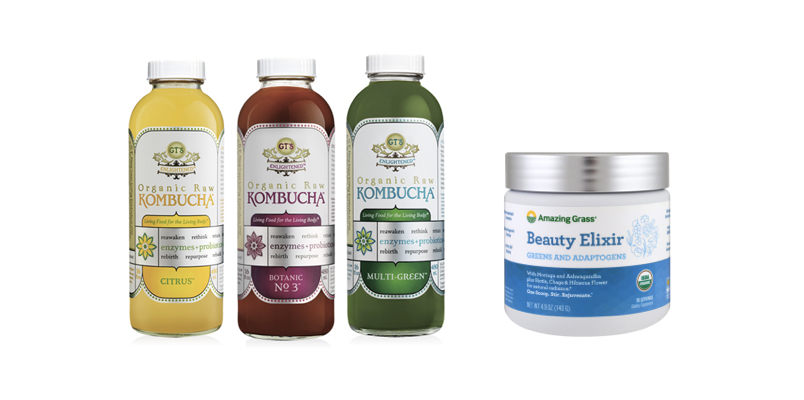
The Sage archetype is the most trusted, revered for its wisdom and enlightenment. This archetype found a home long ago in the natural category, relying on expert opinions in the form of experienced founders to explain and sell a product or new ingredient. But as consumers are, on the whole, becoming more familiar with nutrition and sourcing, the Sage is taking a step back from a founder mouthpiece. Instead, the Sage is letting the product speak for itself, giving space and attention to the star ingredients.
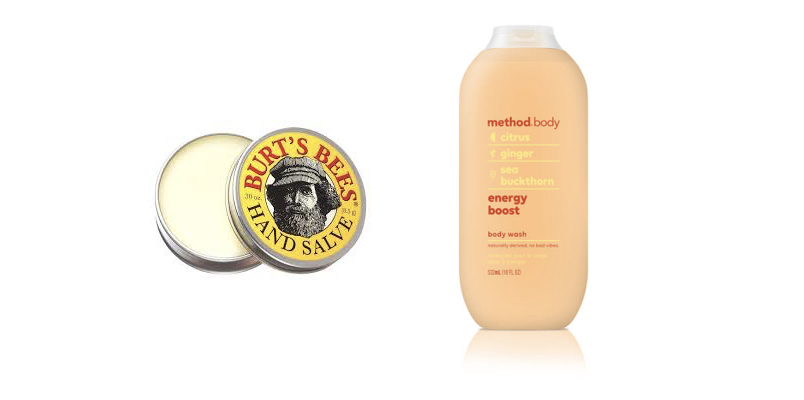
The Innocent archetype is pure and optimistic with no ulterior motives. Endearing and honest, this archetype was commonly used to make natural products as inoffensive and palatable as possible. As natural products flood the shelves, the Innocent now has the social acceptance to play and as such, moved into whimsical territory. The Innocent still needs to get consumers to understand its proposition quickly, especially when a natural food comes from an alternative ingredient source, like seaweed or crickets!
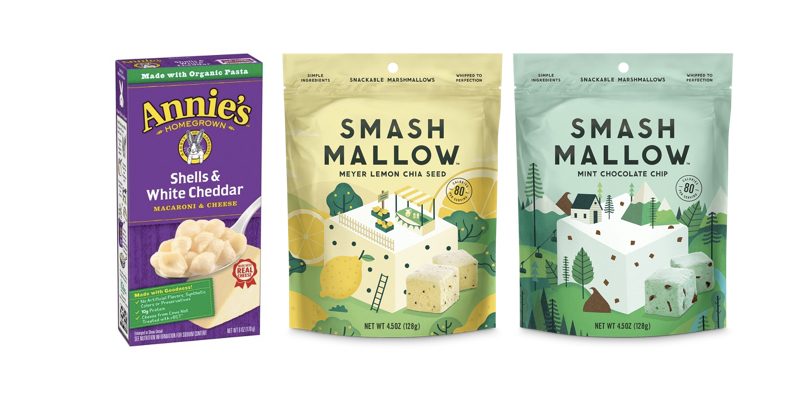
The natural category is gaining more traction, but is still facing a climb towards total market saturation. What has tied these three main archetypes together is their goal in persuading as many people as possible to try their products, in building trust. As Jason Wachob of mindbodygreen said during a panel over the weekend “Trust takes years to build, a second to break, and a lifetime to rebuild. That’s where the category still is.”
It begs the question, what will the natural landscape look like when everyone trusts it?
We predict the next archetypes to have a majority presence will be the Ruler and the Hero. These archetypes, due to their innate personality to be the main character, will naturally do well in a more robust category where they can stand out. As the rate of adoption increases for natural products, a power vacuum will inevitably call for Ruler brands to rise to the top, while Hero brands will enjoy having consumers cheering them on.
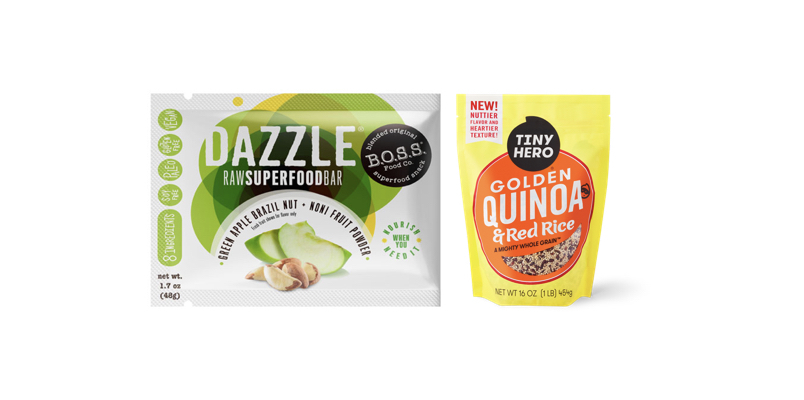
Expo West is always an inspiring show and the branding present demonstrated just how fleshed out the natural market has become. As we’ve seen, it’s a diverse category, ripe to expand and define itself further. It’ll be interesting to see how the category evolves over the course of the year and if our predictions are accurate. The examples above are merely five of the twelve archetypes that we’ve spotted, all of which we’re tracking closely. If you’re interested in learning more, please email us at [email protected].
Authored by CBA Brand Strategist, Chelsea Brown.
Privacy Overview
| Cookie | Duration | Description |
|---|---|---|
| aka_debug | This cookie is set by the provider Vimeo.This cookie is essential for the website to play video functionality. The cookie collects statistical information like how many times the video is displayed and what settings are used for playback. | |
| pll_language | 1 year | This cookie is set by Polylang plugin for WordPress powered websites. The cookie stores the language code of the last browsed page. |
| Cookie | Duration | Description |
|---|---|---|
| _gat | 1 minute | This cookies is installed by Google Universal Analytics to throttle the request rate to limit the colllection of data on high traffic sites. |
| YSC | session | This cookies is set by Youtube and is used to track the views of embedded videos. |
| Cookie | Duration | Description |
|---|---|---|
| _ga | 2 years | This cookie is installed by Google Analytics. The cookie is used to calculate visitor, session, campaign data and keep track of site usage for the site's analytics report. The cookies store information anonymously and assign a randomly generated number to identify unique visitors. |
| _gid | 1 day | This cookie is installed by Google Analytics. The cookie is used to store information of how visitors use a website and helps in creating an analytics report of how the website is doing. The data collected including the number visitors, the source where they have come from, and the pages visted in an anonymous form. |
| vuid | 2 years | This domain of this cookie is owned by Vimeo. This cookie is used by vimeo to collect tracking information. It sets a unique ID to embed videos to the website. |
| Cookie | Duration | Description |
|---|---|---|
| IDE | 1 year 24 days | Used by Google DoubleClick and stores information about how the user uses the website and any other advertisement before visiting the website. This is used to present users with ads that are relevant to them according to the user profile. |
| test_cookie | 15 minutes | This cookie is set by doubleclick.net. The purpose of the cookie is to determine if the user's browser supports cookies. |
| VISITOR_INFO1_LIVE | 5 months 27 days | This cookie is set by Youtube. Used to track the information of the embedded YouTube videos on a website. |
| Cookie | Duration | Description |
|---|---|---|
| CONSENT | 16 years 7 months 21 days 10 hours | No description |
| cookielawinfo-checkbox-functional | 1 year | The cookie is set by GDPR cookie consent to record the user consent for the cookies in the category "Functional". |
| cookielawinfo-checkbox-others | 1 year | No description |